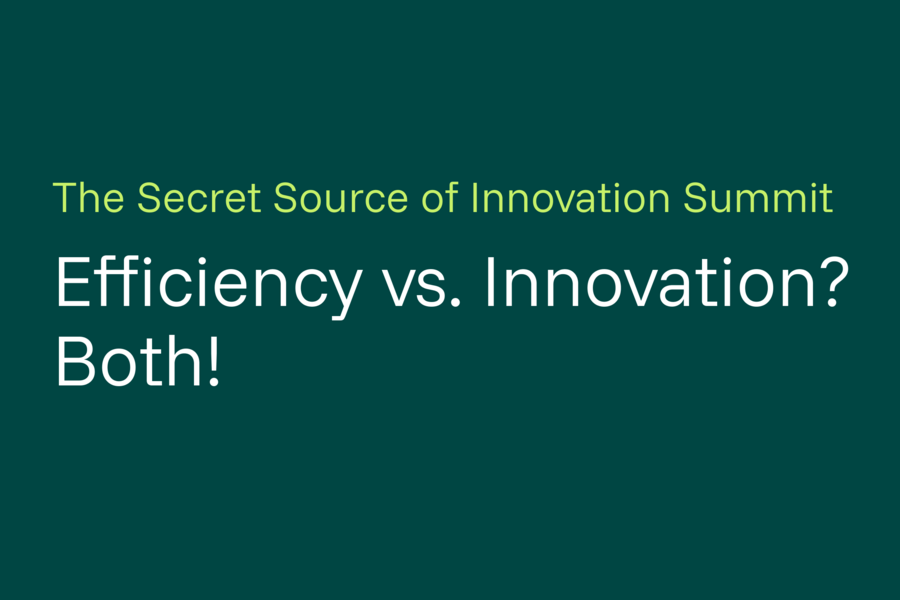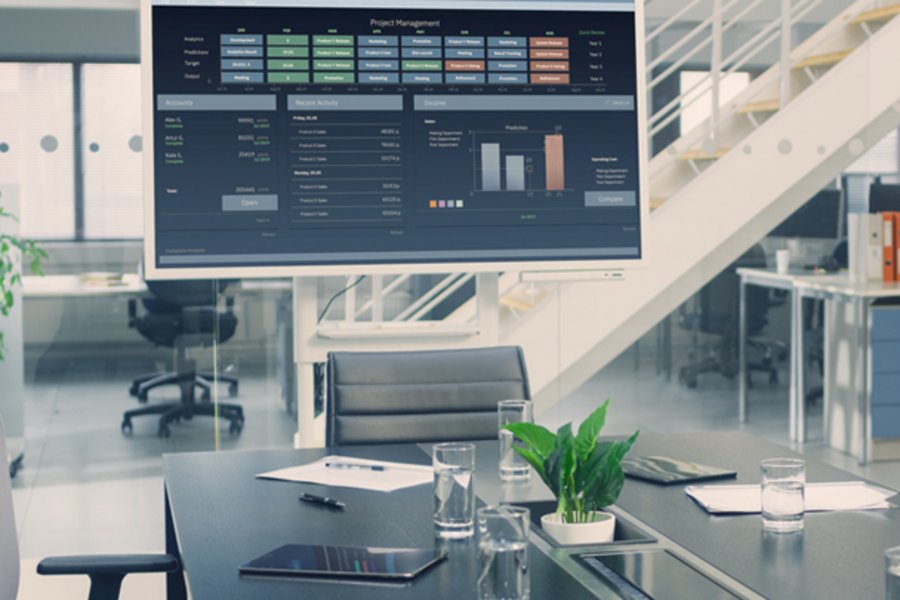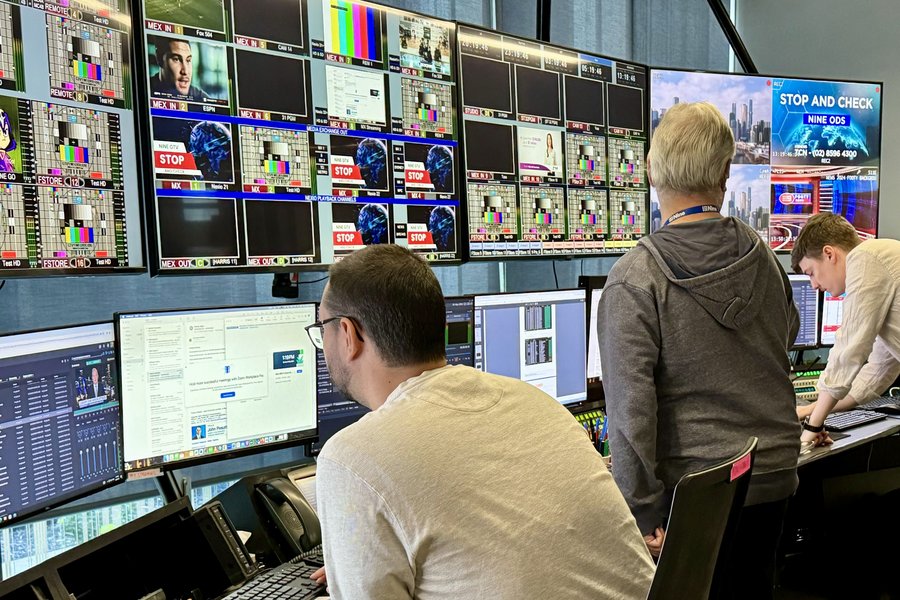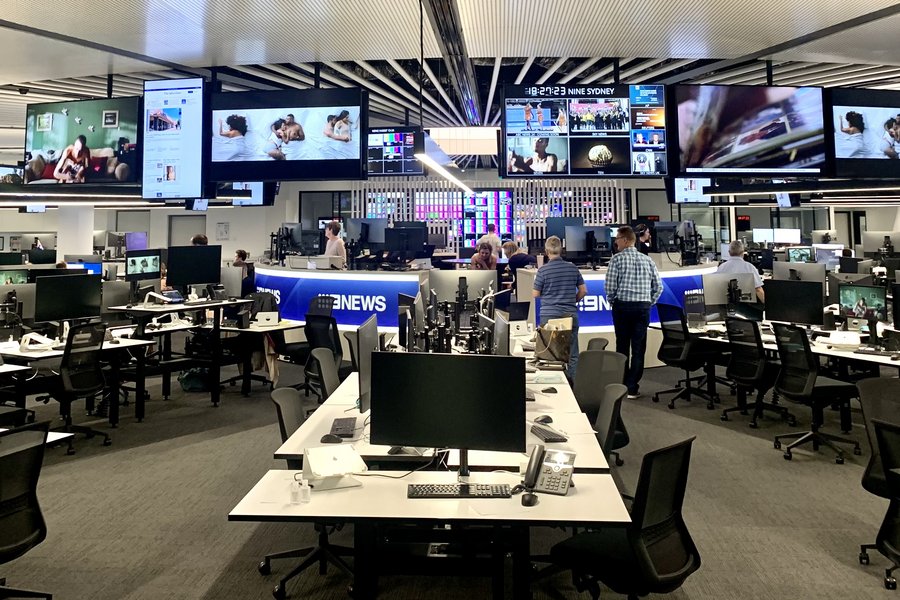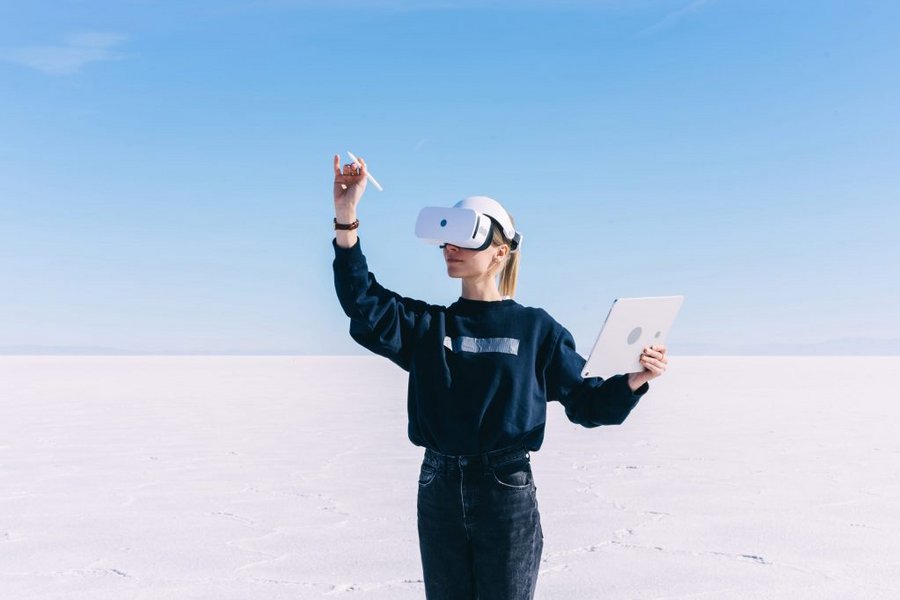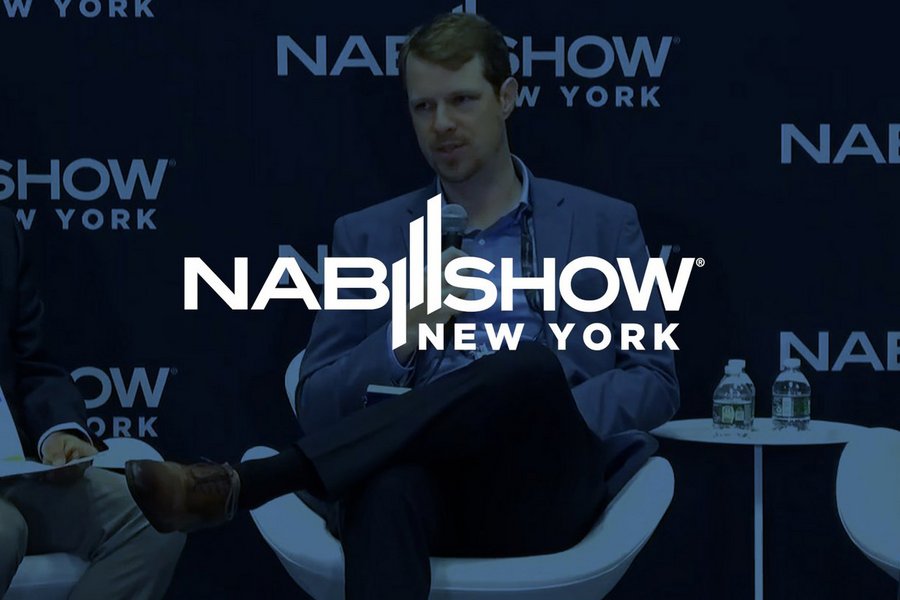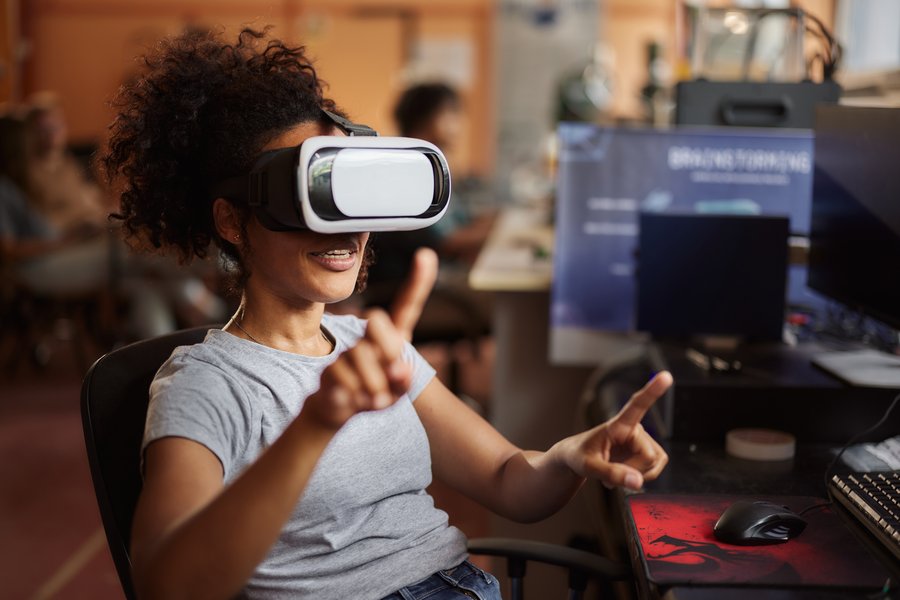Navigating the future of television and streaming in 2025 and beyond
This publication delivers a comprehensive analysis of the trends shaping the global TV and OTT industry over the next five years. Combining expert perspectives with extensive research, it offers valuable insights to empower leaders in the TV and OTT sectors to make informed decisions, capture emerging opportunities, and tackle the challenges of an everevolving media landscape.

A quick glimpse of 2030
The global TV and OTT market is shifting fast. You see new direct-to-consumer (D2C) streaming services challenging traditional players. They offer on-demand access that puts viewers in charge of what they watch and when. This prompts strategic collaborations and mergers, as platforms look to expand user bases or fill gaps in content libraries.
Meanwhile, some media companies are moving from BVOD (Broadcaster Video on Demand) in the direction of super-apps that bundle multiple features under one roof. This is partly driven by evolving consumer needs and partly by tougher competition for user attention. On top of that, regulators are stepping in to examine data privacy and content standards more closely, while consumers are voicing their own concerns about how personal information is stored and used.
Geopolitical instability is another factor. It can interrupt content production or distribution deals. Slowing economic growth also affects spending on original content and marketing. Big Tech is under a spotlight, facing possible regulatory actions that might break up or limit existing market power.
Younger audiences shift their time to social platforms, short-form videos, and community-driven viewing habits. This makes it hard for traditional channels to keep up. AI-driven personalization, on the other hand, gives platforms an edge by serving up precise content recommendations. That same AI is reshaping operations, from automated editing to script generation.
All these trends interconnect. Strategic foresight helps you see them coming, spot gaps in your plan, and build flexible strategies. It sets the stage for the scenarios we’ll explore in the next chapters.
The global TV and OTT market is shifting fast. You see new direct-to-consumer (D2C) streaming services challenging traditional players.
From future view to action
Most TV and OTT players focus on immediate pressures. That leaves little room for examining longer-term shifts. Strategic foresight tackles this blind spot. It spots early signals that hint at new possibilities and helps you manage uncertainties.
Traditional planning often assumes the future will mirror the past. But horizon scanning reveals trends that might overturn old assumptions. By sifting through data and looking for drivers of change, you see how small signs could shape bigger industry moves.
We used trend analysis to explore more than 40 sources and filter out 14 macro trends relevant to TV and OTT. We then employed scenario planning to look at how these trends might play out under different conditions. This step included cross-impact analysis, which checks how one trend might intensify - or reduce - the effect of another.
To refine the data, we adopted a Delphi method. Our 20 international industry experts rated and discussed each trend’s impact and uncertainty in two rounds. This process highlighted knowledge gaps, surfaced areas of agreement, and uncovered possible wild cards that might disrupt standard thinking. These wild cards can carry high impact, even if they seem less likely at first glance.
Finally, we grouped the findings into four possible extreme scenarios for 2030. Each scenario maps how TV and OTT could develop if certain trends and signals gain momentum. You can use these scenarios to plan multiple strategic routes. This way, you aren’t locked into a single path. Instead, you prepare for a range of outcomes that might lie ahead.
Inside the trend lab
To explore how the TV and OTT industry might evolve, we needed more than surface-level observations. Our goal was to identify key trends and early signals across a broad range of factors influencing the market. By combining rigorous data collection with structured analysis, we ensured a comprehensive understanding of the forces driving change.
Comprehensive source collection
We started by gathering insights from over 40 reputable sources. These included specialized industry reports on media and entertainment, telecommunications, and consumer behavior, as well as broader reports covering software and technology trends, politics, and regulatory developments. This multi-industry approach provided a well-rounded view, helping us go beyond obvious trends.
Fill out the form and click "Submit." You will then receive a link via email to download the whitepaper. Please note that email delivery may take a few minutes.




